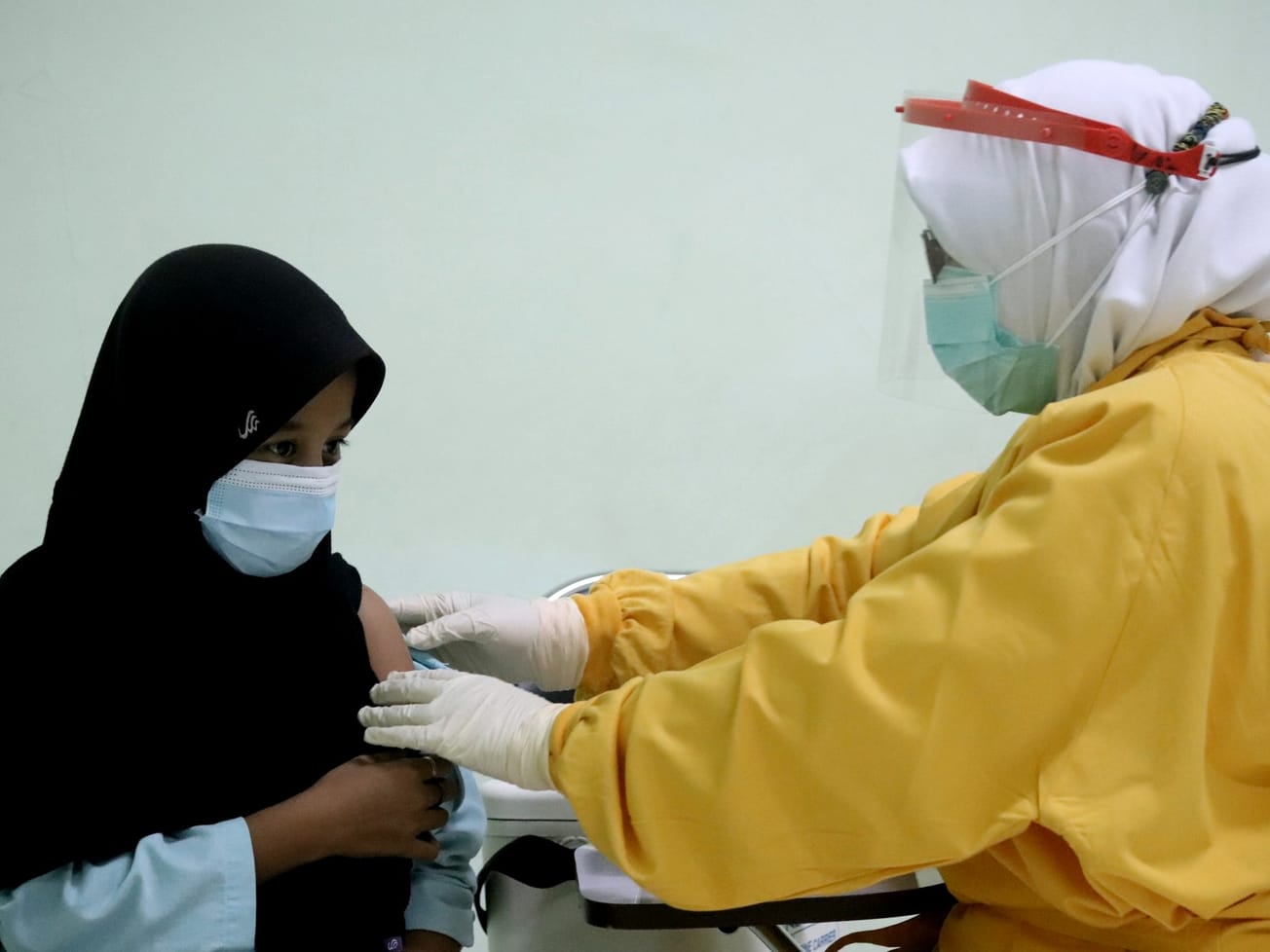GENEVA (AN) — Conflict, climate and the food crisis have displaced 18 million people in seven African nations, where 48 million also face crisis-levels of hunger: skipped meals, depleted savings and lack of assets for making a living.
And a deluge of cholera epidemics, waterborne diseases and climate-related public health emergencies necessitate "urgent action," top-ranking government officials from 11 southern African countries said Friday.







